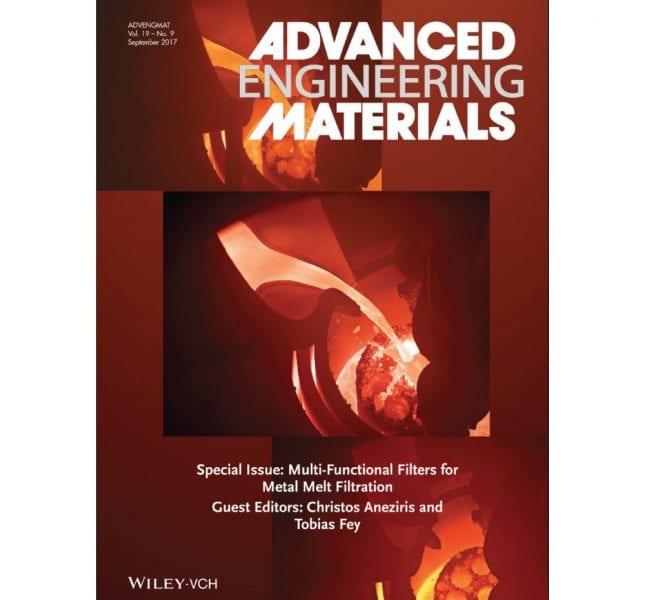Safety for road and railway vehicles as well as aircrafts requires highly stressable steel, iron, aluminum and magnesium-based components. The efficiency of these components is highly determined by the materials quality and purity. During the production process, contamination within the metal melt can occur resulting in defects in the form of inclusions. It is difficult or even sometimes impossible to reduce or remove those inclusions. The Collaborative Research Center 920 “Multi-functional filters for metal meltfiltration – a contribution towards zero defect materials”, funded by the German Research Foundation (Deutsche Forschungsgemeinschaft, DFG), at the Technische Universität Bergakademie Freiberg, focuses on researching a new generation of metal qualities, also during recycling via melt filtration with superior mechanical properties for use in light weight structures and high demand construction materials. The aim of the collaborative research centre is an enormous reduction of non-metallic inclusions in the metal matrix by the use of intelligent filter materials as well as filter systems due to a functionalized filter surface.
The present special issue focuses in a comprehensive way on selected results covering the entire chain of filtration, from there search of the filter materials, the understanding of filtration mechanisms and kinetics, the contribution of the gas phase and especially the formation of in situ collecting layers, as well as gas collecting suboxides, up to mechanical properties of the end metallic products in means of improving ductility, strength and fatigue. Based on the achieved results, filtration efficiencies above 95% could be achieved with the new filter-system approaches as well as better understanding of the impact of the filter material. Based on specific filter-system design the contribution of the filter material is at least equal as the contribution of the flow to the filtration performance.
This special issue of Advanced Engineering Materials, guest-edited by Christos Aneziris (TU Bergakademie Freiberg) and Tobias Fey (FAU Erlangen-Nürnberg), concentrates the groundbreaking results from the scientific projects which were presented to an international audience in the special CRC 920 session, of CellMat 2016 (Dresden).

















